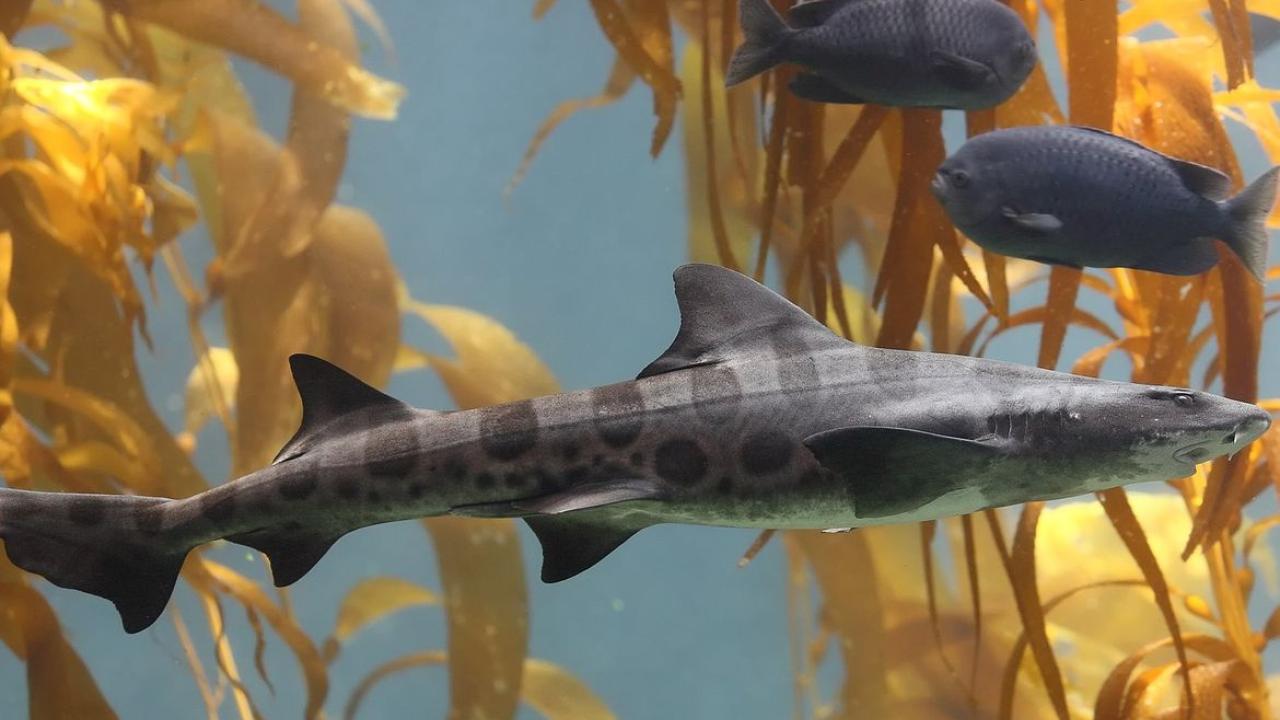A UCLA-led study using environmental DNA, or eDNA, has identified 80 species of fish and rays living within southern California surf zones — the areas where ocean waves break onto the beach.
“Environmental DNA opens up a wealth of possibilities to monitor our local beach ecosystems,” said Paul Barber, a UCLA professor of ecology and evolutionary biology, and the paper’s senior author.
The study’s lead author is Zack Gold, who conducted the research as a UCLA doctoral candidate, said one of the positive findings was that white seabass DNA samples appeared consistently at all of the test sites.
That’s significant because white seabass, which has been overfished historically, was the focus of a 1995 California conservation plan. While earlier studies had indicated that the species was recovering slowly, the new study provides evidence that the comeback has been more robust than previously thought.
The researchers also evaluated eDNA as a method for surveying ocean life in comparison to two more traditional approaches: beach seines, in which species are captured with nets, and baited video cameras. They found that eDNA revealed a more comprehensive picture of all the animals living in the surf zones studied: The genetic sampling revealed 58 species that weren’t detected by the other methods.
The paper’s other lead author is McKenzie Koch, who contributed to the paper as an undergraduate at UCLA, said encouraging citizen scientists to participate in research gets them to care more about protecting wildlife.
Barber added that researchers at environmental nonprofits like Heal the Bay already are regularly testing water from the region’s beaches for unhealthy bacteria. Because that water also contains eDNA, those samples could be useful for long-term monitoring of marine life, which Barber said could be especially informative as the oceans warm due to climate change.
Read more at UCLA Newsroom.
Image Source: Matthew Field/Wikimedia Commons





